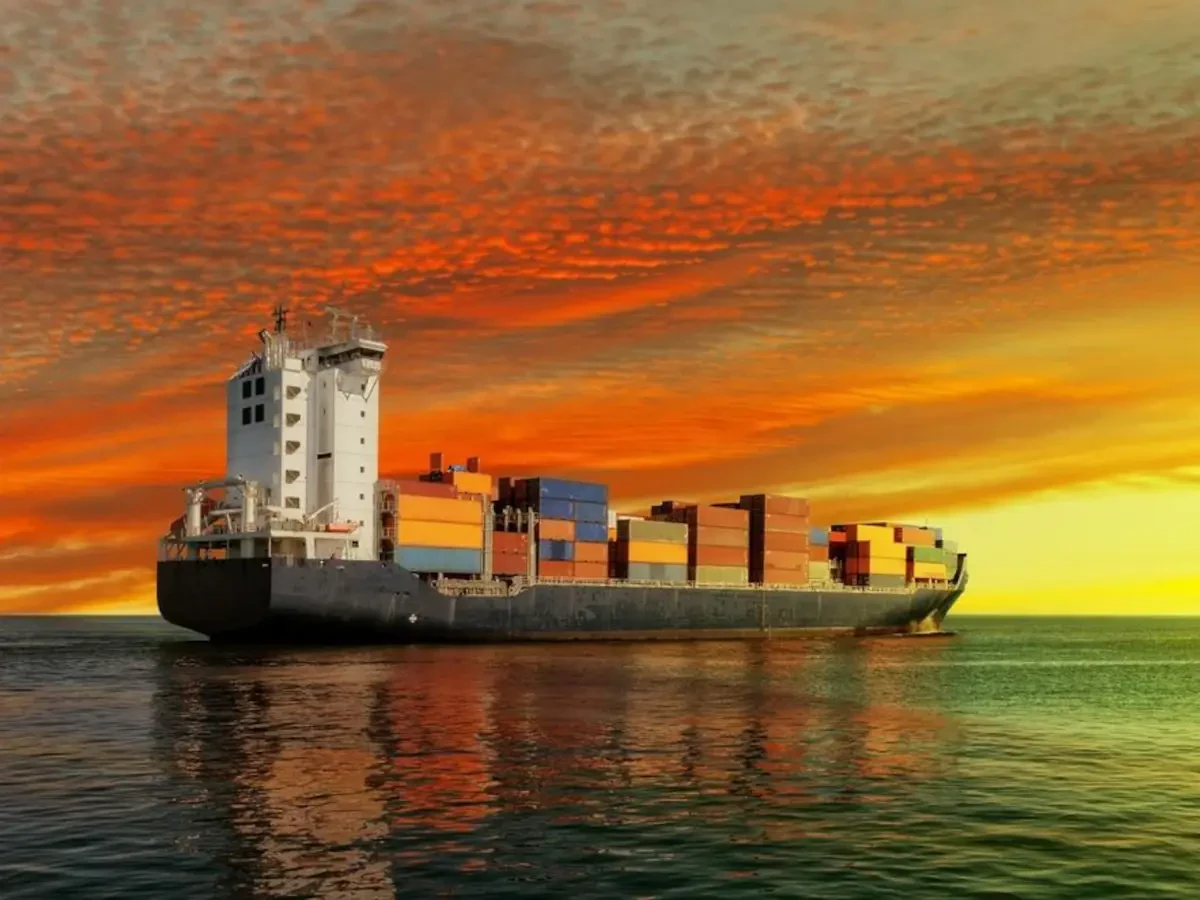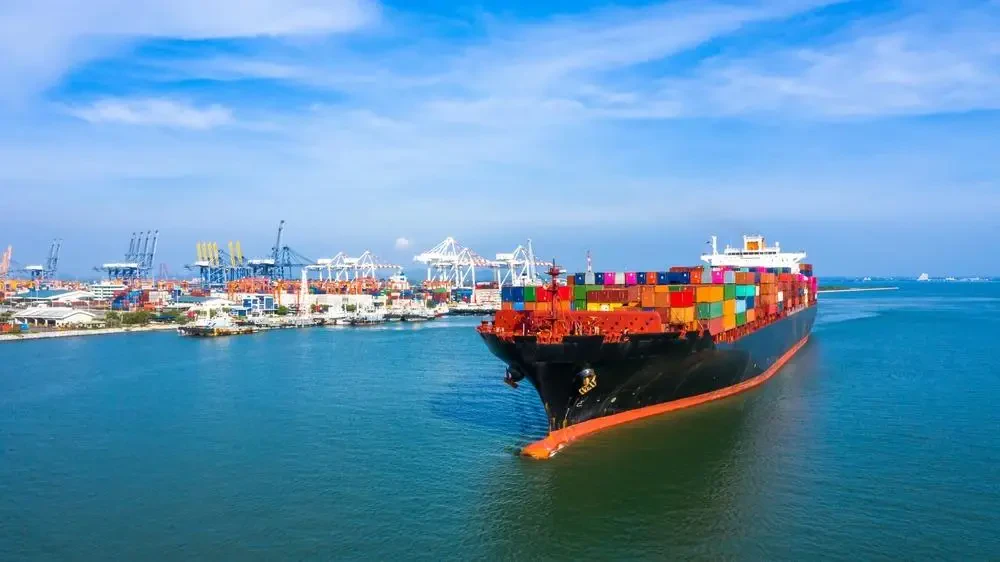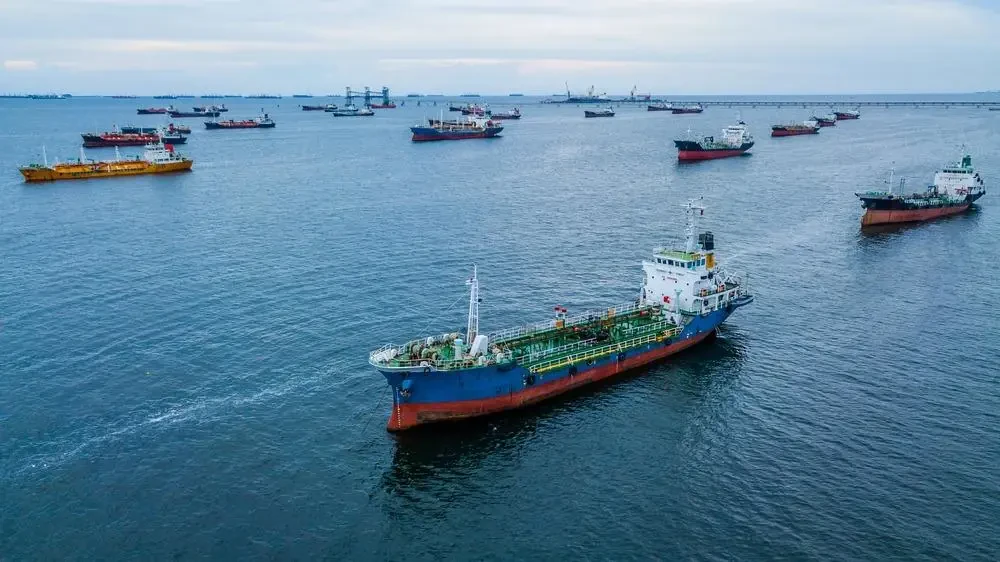Published by Chris Townsend
Last updated Nov, 13 2025

How Much Does It Cost Of Shipping A Container To Colombia?
Colombia Container Freight Cost
The cost of Transport to Colombia may vary from the pick-up station and this is also dependent on several factors.
Roughly, that should cost you between 5 and 27 million pesos, but as stated, many underlying factors determine the relative cost of cargo a container of any size.
Three Movers is a world-leading shipping service and if you would like to ship a container to Colombia, we are at your service.
We know people have difficulty calculating their cost of freight; that's why in this article we're going to help you understand the elements involved in determining the carriage costs of your containers.
Factors that Affect the Costs
The final price of carriage depends on a variety of variables. The item's volume or weight, the mode of transportation, and the season all play a role.
The season is a dynamic component that we brought up earlier. You can save money on Delivery costs by purchasing during the off season.
You can discover the lowest prices if you visit Colombia in the shoulder seasons (May and August through November).
Shipping costs typically increase from the beginning of December to the middle or end of January due to increased demand during this time of year. It turns out that this holds true between mid-June and late August as well.
Which Size of Freight Container Will Be Best for Me?
The types of containers most commonly used in delivery are two: 20 and 40-foot containers. They differ mainly in appearance and storage capacity. To familiarize yourself with both, a breakdown of their size is as follows:
- Length: 5.9m/19.4ft for 20ft and 12.03m/39.5ft for 40ft container
- Height: 2.39m/7.9ft for 20ft and 2.39m/7.9ft for 40ft container
- Width: 2.35m/7.8ft for 20ft and 2.4m/7.9ft for 40ft container
- The 20ft container has a pay load capacity of 25,000kg/55126.9lbs, and a cubic capacity of 33.2m2/1172cu.
- The 40ft variant has 27600kg/61200lbs as its pay load capacity and a cubic capacity of 67.7m2/2389cu.
Given the size of the two containers, let's take a look at their carrying capacity.
- An EU standard pallet (European pallet is 1.2×0.8m) for each 20ft container is 11 Euro pallets, and 23 to 24 in 40ft container.
- A EUR2 standard pallet (is 1.2×1m) for each 20ft container is 10 to 11 Euro pallets, and 20 or 21 in 40ft container.
- North American standard pallet (is 1.016m×1.219m) for each 20ft container is 10 pallets, and 20 in 40ft container.
Taking into account these variations in both containers, the amount of load you have will determine the cost of your shipment.
However, if the amount of goods you have is less than a container, you do not need to pay for a full container because you can share container spaces with other customers; we call this Less Than Container Load (LCL). Furthermore, if your goods could occupy a whole container, it is called Full Container Load (FCL).

Instant Rates For Transport Containers To Colombia
The difference between the two is that, with LCL, your goods and that of others are packed into one container, but with minimal costs, while in the case of FCL, you pay higher as your goods occupy the entire container.
Besides being cheap when it comes to LCL, FCL has more advantages because you can ship faster, more secure, and also other items that may not be favorable to be contained along with other people's cargo.
Average Container Freight Rates Estimates

FCL Delivery is best for transporting lots of boxes, pallets and anything which will require a full container cargo of up to 45,000lbs.
Full Container Load (FCL)Delivery Charges | |
|---|---|
| 20 ft Container | $895 |
| 40 ft Container | $1075 |

LCL shipping is more affordable way to transport less than container load shipments to Colombia.
Less Than Container (LCL) Delivery Charges | |
|---|---|
| LCL | $44/CBM |
| Personal Effects | $430 |
| Household Goods | $490 |

International house moving to Colombia services - quick, easy and cheap.
Aboard House Hauling Prices | |
|---|---|
| Partial House (2000Lbs & Less) | $385 |
| 1 Bedroom (3850 Lbs) | $1868 |
| 2 Bedroom (4500 Lbs) | $2303 |
| 3+ Bedroom (8750 Lbs) | $2807 |

International auto transport services via RoRo and container ships. Ship cars, trucks, suvs, atv's, boats, RV's, heavy equipment and more.
Container Car Shipment | |
|---|---|
| Sedan (Container) | $1868 |
| SUV (Container) | $1957 |
| Sedan via RORO | $1553 |
| SUV via RORO | $1634 |
Understanding the Different Types of Transportation
When it comes to shipping your goods to Columbia, there are two common ways, ocean and air Dispatch.
There is a large disparity between the two, which is why you must explore your options and also consider your priorities in advance.
Sea freight has the advantage of cost; it could be five times cheaper, if not more when compared with air conveyance.
However, when it comes to faster Transport and secure transport of your goods, air dispatch is your best chance.
Additional Logistics Expenses
As mentioned earlier, factors that influence cargo costs include the volume and weight of the item, period of the year, distance, and mode of transportation.
But that's not everything.
There are potential incremental costs due to other procedures such as:
- Custom Fees
- Insurance
- General Rate Increase (GRI)
- Inland Delivery Charges
- Quarantine and Container Inspection Fees etc.
What Is the Next Step?
The above tips will give you a generalized idea of the factors taken into account when determining the cost of shipping a container to Colombia.
As the rate depends on a number of factors that may not have been identified here, the best way to get the right estimate is to get in touch with Three Movers for the lowest Transport rates ever.
So, get moving with a free quote from us. We can still be reached at (888) 202-0036.

Find Cargo Containers For Freight Transport & Relocation
Frequently Asked Questions
When we purchase items from the grocery store, we receive a list of the items we paid for. That’s how a Bill of Lading works.
The Bill of Lading is a document executed by a carrier, such as a railroad or shipping line, acknowledging receipt of goods and embodying an agreement to transport the goods to a stated destination. Bills of Lading are closely related to warehouse receipts, which contain an agreement for storage rather than carriage.
Before shipping a container to Colombia, you must take into consideration which of your items need specific certifications and requirements.
Contact your shipping company to see which of your items may be subject to requirements in regards to documentation. These are some of the possible certifications needed:
● Sanitary certificates
● Licenses
● Permits
● Certificates of Free Sale
The European Commission's Market Access Database supplies information that explains each relevant form and is searched by tariff code.
The Colombian National Institute for Control of Medical Products and Foods (INVIMA) is responsible for such certifications. However, specific requirements are operated by others, such as the Ministry of Environment.
A Certificate of Free Sale can be required to exhibit that goods are accessible for retail sale, that they comply with EU regulations, and that they are suitable for use by EU consumers. For more details, please visit Colombia Doing Business Guide.
When shipping your goods to a different country, nothing is more important than ensuring the company you work with is the perfect fit. That's why we have to tap into the differences between two types of partner companies, such as Freight Forwarders and Non-Vessel Operating Common Carriers (NVOCCs).
According to More Than Shipping, “The Federal Maritime Commission (FMC) classifies Freight Forwarders and NVOCCs as Ocean Transportation Intermediaries. They are considered the same during most transportation procedures due to their identical FMC classification, but there are several differences between the two. In the areas of multimodal transport and international maritime, these differences are especially apparent.
According to the Colombia Business Guide, “The Harmonized System (HS) code is an international classification of products for export purposes. Customs officials worldwide use this classification to determine the duties, taxes, and regulations that apply to the product. To obtain an HS code, you should contact HM Revenue & Customs at (+44 (0)1702 366077).
In addition to import duties, IVA (equivalent to VAT) is levied on the value of the items. The general rate of IVA is 16 percent, but certain products are subject to higher or lower rates. We recommend the European Commission's Market Access Database as a valuable resource to research how much it will cost to import your product. The database is available at www.mad.europa.eu but can only be accessed from an internet service provider within the EU.
Within the database, the Applied Tariffs Database section allows users to enter an HS code or product description to obtain a tariff rate and details of taxes applicable, enabling you to calculate a landed cost.”
In some cases, containers either get lost, destroyed, or even stolen. According to Allyn International, “To make the company pay for such commotion, purchase insurance beforehand. To prevent paying for additional costs, ensure that you have your Bill of Lading with you to protect the cargo against inevitable losses. In the event of failure, a cargo insurance policy indemnifies the cargo interest. Most cargo insurance policies are underwritten on an "all-risk basis." This means that the insured is covered for risk of loss or damage except for those risks that are expressly excluded in the policy, such as loss or damage due to willful destruction of the goods by the insured or the inherent vice of the goods.”
Before deciding to schedule container delivery to your site, you must consider a few factors. You must know in advance the details about delivery fees, permitting requirements, ground conditions, and clearance space. The worst thing you can experience right before you ship your container is removing it because you didn't do your homework on specific site requirements!
A 20-foot storage container usually requires about 75 feet of straight clearance. A 40-foot storage container will need about 100 feet of straightforward clearance. For most containers, you need a minimum of 12 feet of width clearance and 20 feet of overhead clearance.
Yes, you must be physically present when the container is delivered because your signature will be required to sign specific documents. You also need to supervise the moving team when the container arrives so you can check if the goods are still intact.
Container shipments can be insured to protect against loss or damage during transit. Insurance options vary based on the type of goods, shipping method, and declared value. Movers often provide guidance on selecting the right coverage.


